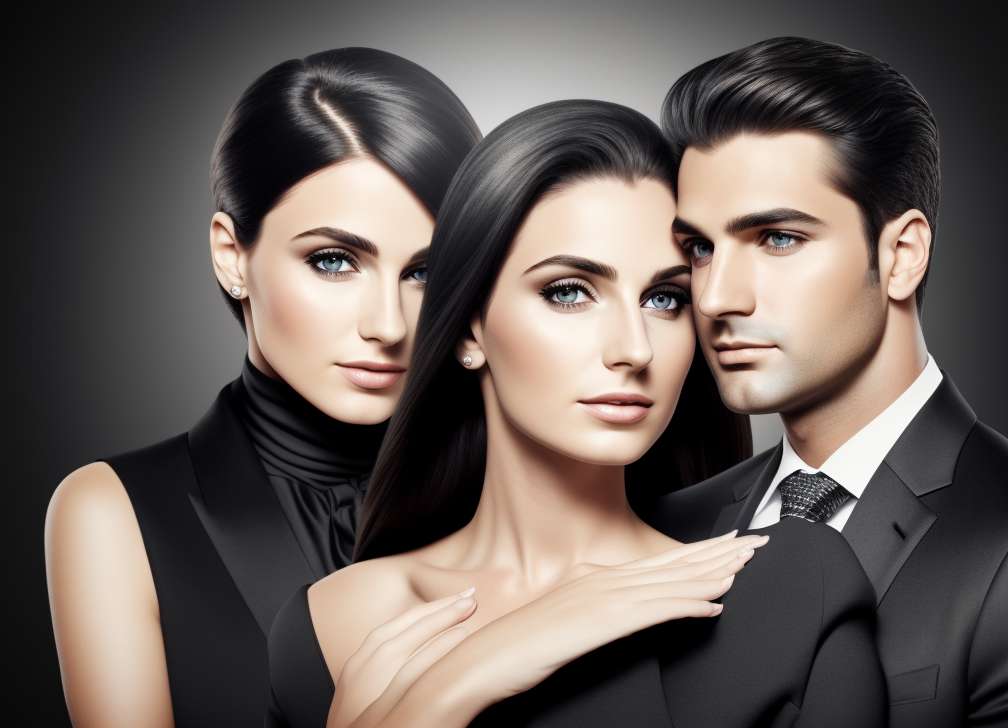Do not lose your performance!
April 2024

Most people are concerned about having clean and healthy hair, but you have asked yourself what are the benefits of hair?
The capillary hair protects from the cold and helps to preserve the heat of the body, since 90% of it is lost, through the hair. Inside the nose and ears, the hair gives protection against dust and pollen.
For example, the eyebrows and eyelashes allow the eyes to reduce the amount of light and prevent the entry of small particles that can damage them. The fine hair that covers the body provides warmth and protects the skin.
Any other utility? The Nemours Foundation of the United States and his Youth Education Center explain what hair is
In fact, the human hair that fascinates so much is made up of dead cells. The explanation is very simple: Each hair, although it comes out through the skin, starts at the hair root, where the cells are grouped to form keratin, a hard protein also present in the nails.
The root of each hair sits inside a kind of sac called follicle, where it is fed by small blood vessels that allow hair to grow. Once it emerges to the surface of the skin, the cells that form it are no longer alive.
Each hair has three layers: The medulla in the center, which is soft; the cortex, which surrounds the medulla and is the main part of the hair; the cuticle, which is the hardest outer plane that protects the stem.
In general, each hair grows approximately 6 millimeters per month and continues to do so for a maximum of 6 years. The length of the hair depends on the duration of the growth phase of the follicle, which can remain active for 2 to 6 years; to then take a break of about 3 months. A person becomes bald if the follicles of the scalp die and no new hair is produced.
Hair color is determined by the amount and distribution of melanin, a dark pigment, in the cortex of each hair. Blondes or redheads only have a small amount of melanin in his hair, while the gray hair means that the pigment is no longer forming.
With regard to the greasy aspect of hair, so common in many adolescents, it is important to know that virtually every hair follicle is connected to a sebaceous gland that produces fat, a substance that gives the skin its shiny appearance and protects it by making it water resistant. During puberty, these glands can produce too much fat which causes a person's hair to look sebumy.